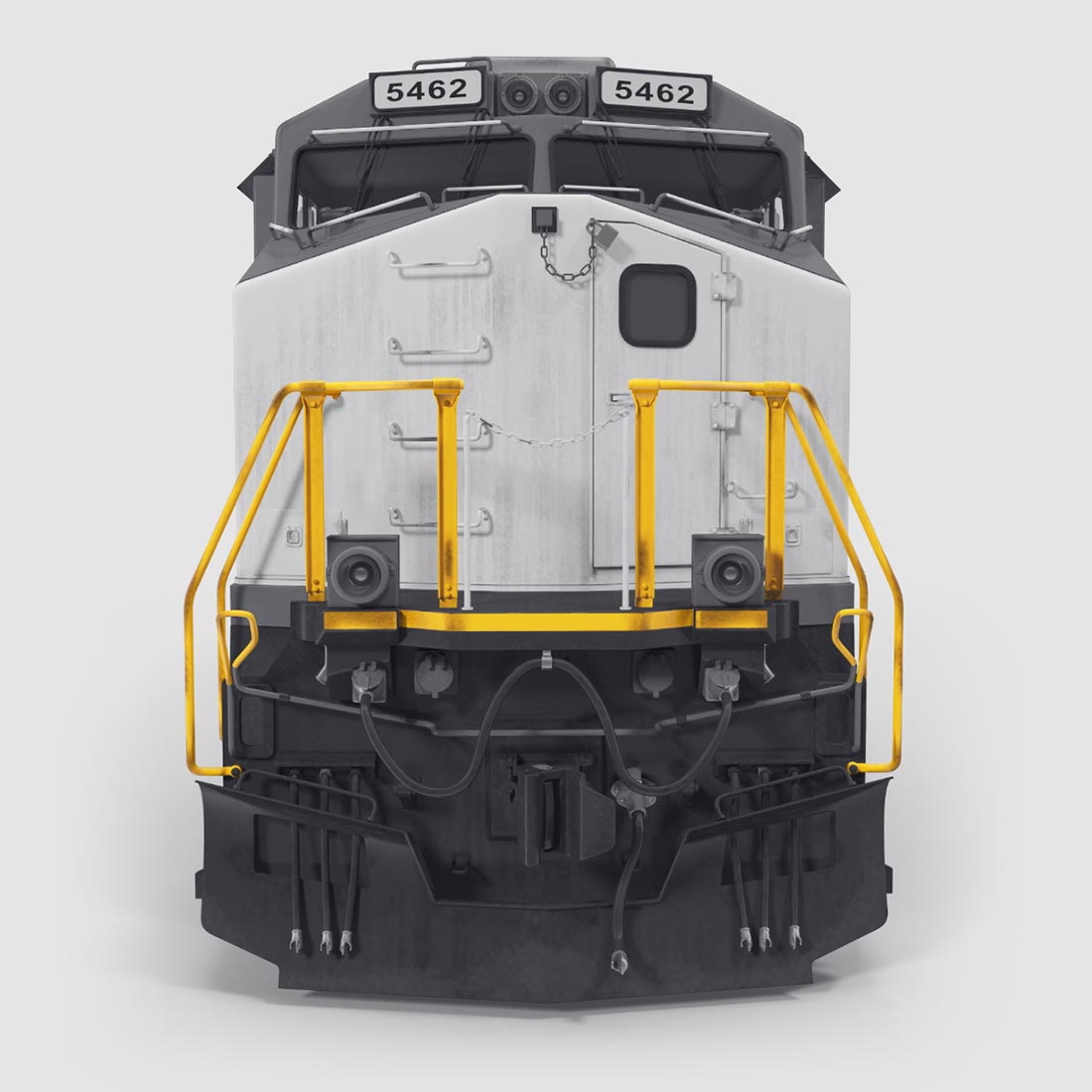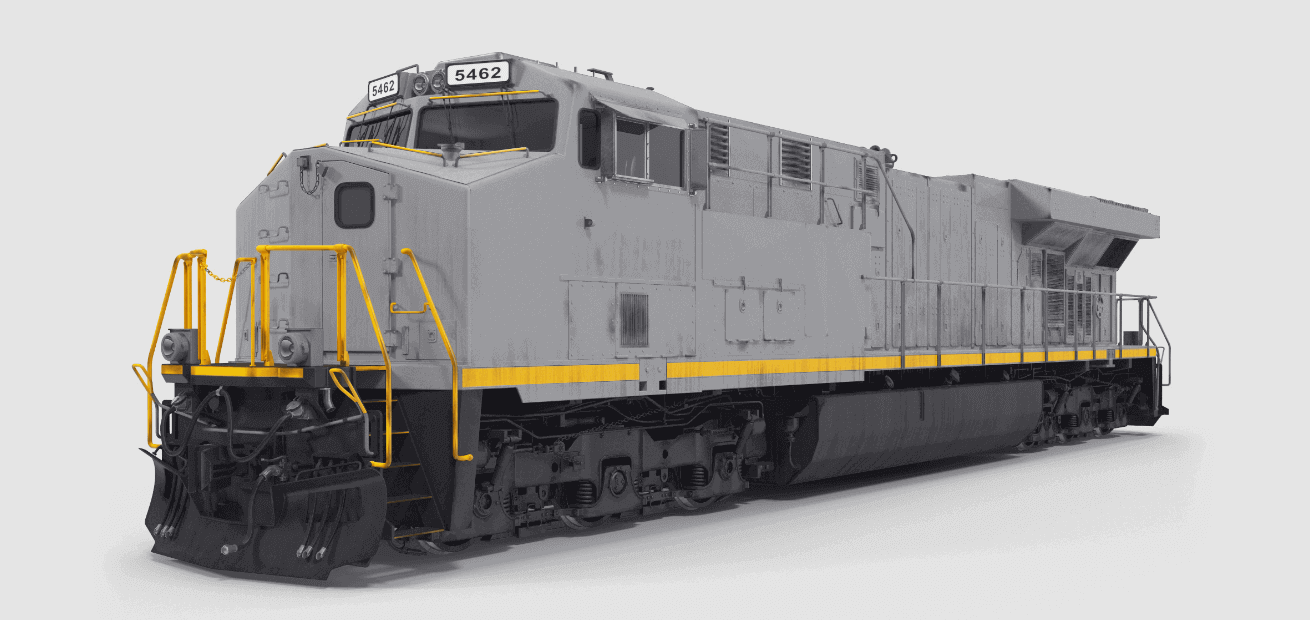


Advantages of Rail freight Transport
It's important to note that the advantages of rail transport may vary depending on the specific context and requirements of transportation. Factors such as geographical considerations, available infrastructure, and the nature of goods being transported can influence the suitability and effectiveness of rail transport.

Disadvantages of Rail freight transport
Limited flexibility and accessibility, lower speed for certain shipments, intermodal transfers, limited door-to-door service, maintenance and infrastructure costs, dependence on existing infrastructure, limited suitability for certain goods - it's important to evaluate these disadvantages in the context of specific transportation needs and consider the trade-offs between rail transport.
Benefits of Rail Freight Transport:
Benefits
Key Benefits of Rail Transport
Cost-effective:
The costs of operating trains are generally quite low, which helps companies’ economies.
Rail transport is often more cost-effective compared to other modes of transportation, especially over long distances and for the bulk movement of goods. Trains have high capacity and can transport large quantities of freight in a single trip, reducing overall transportation costs.
Efficient for bulk goods:
Bulky goods are always difficult to transport.
Railways are well-suited for transporting bulk goods such as coal, minerals, grain, and other raw materials. The large carrying capacity of trains allows for the efficient movement of these commodities, reducing the need for multiple trips and minimizing handling costs.
Reduced fuel consumption:
Efficient and Eco-friendly
Trains are highly fuel-efficient compared to trucks, especially when transporting heavy loads over long distances. The rolling resistance of trains is lower, requiring less energy consumption per unit of freight transported, leading to reduced fuel costs and environmental impact.
Reliable and consistent:
Dependable Deliveries
Railways offer a reliable and consistent mode of transportation, especially for scheduled services. Trains operate on fixed routes and timetables, ensuring regular departures and arrivals, which can be crucial for businesses that require consistent delivery times.
Long-distance connectivity:
Seamless Connections, Any Distance
Railways provide excellent connectivity over long distances, allowing goods to be transported seamlessly across regions and even countries. Rail networks often have extensive coverage, enabling efficient logistics and supply chain operations on a larger scale.
Safety and security:
Safe Tracks, Secure Freight
Rail transport generally has a good safety record, with fewer accidents compared to road transport. Railways have established safety protocols, strict regulations, and dedicated personnel responsible for ensuring safe operations. Additionally, the enclosed nature of trains provides enhanced security for high-value or sensitive goods.
On budget with rail transport
Rail transport offers a key benefit in helping businesses stay on budget. With its efficiency and affordability, rail transport provides cost-effective logistics solutions. By choosing rail, businesses can optimize their budget while ensuring reliable and timely freight services. With reduced expenses and a reliable mode of transportation, rail transport allows businesses to manage their resources effectively and meet their budgetary goals without compromising on quality or reliability.
Connect withthe right transportation partner

Exploring the Rails: Unveiling the Types of Rail Transport
Types of Rail Transport
Explore the dynamic realm of cargo rail transport and delve into its versatile types. From intermodal trains seamlessly transporting goods in containers, to bulk trains carrying large quantities of raw materials, and refrigerated trains preserving perishable items, cargo rail offers a wide range of specialized solutions. Experience the efficiency, reliability, and cost-effectiveness of cargo rail transport as it connects industries, supports supply chains, and contributes to sustainable logistics. Embark on a voyage through the various types of cargo rail transport and unlock new possibilities for your freight transportation needs
These are specialised railcars designed to transport liquids and gases, including chemicals, petroleum products, and hazardous materials.
Specialised railcars
See companies
Also known as lowboy or lowbed cars, these railcars have a low deck height, allowing for the transportation of oversized and tall cargo, such as industrial machinery, large vehicles, and construction equipment
Low Loader Cars

Reefer cars, short for refrigerated cars, are equipped with cooling systems to maintain specific temperature conditions
Reefer Cars

Flatcars are versatile railcars with a flat deck and no walls or roof. They are used to transport heavy and oversized cargo, such as machinery, vehicles, construction equipment, and large containers
Flexible platform

Switzerland, Zurich
You can find us at
Tessinerplaatz 7, 8002 Zurich, Switzerland
Get in touch with us
info@transport-catalogue.com.com
A cost-effective solution to ship goods over long distances
Rail transport offers numerous advantages for businesses looking to streamline their logistics operations. With its efficient infrastructure and extensive network, rail transport provides a reliable and economical means of transporting goods across vast distances. Railways have the capacity to transport large volumes of cargo in a single trip, making it an ideal choice for bulk shipments. The economies of scale associated with rail transport help reduce per-unit transportation costs, enabling businesses to stay competitive and maximize their profit margins. Trains are designed to carry heavy loads while consuming less fuel per ton-mile than trucks. This fuel efficiency not only lowers transportation costs but also contributes to reducing carbon emissions and minimizing environmental impact. With growing concerns about sustainability and environmental responsibility, choosing rail transport as a cost-effective shipping solution aligns with businesses' goals of reducing their carbon footprint. Rail networks have extensive coverage, allowing businesses to reach markets that may be geographically distant. This accessibility opens up new opportunities for expansion and growth, facilitating efficient supply chain management on a larger scale. With its cost-effectiveness, fuel efficiency, and extensive reach, rail transport provides businesses with a reliable and economical solution for shipping goods over long distances.

Discover the Extensive Catalogue of Companies
Information you need in one place
Our catalogue provides detailed profiles, service offerings, and contact information, making it convenient for you to connect with the right transportation partner. Experience seamless logistics and efficient shipping with the trusted companies featured in our catalogue.






